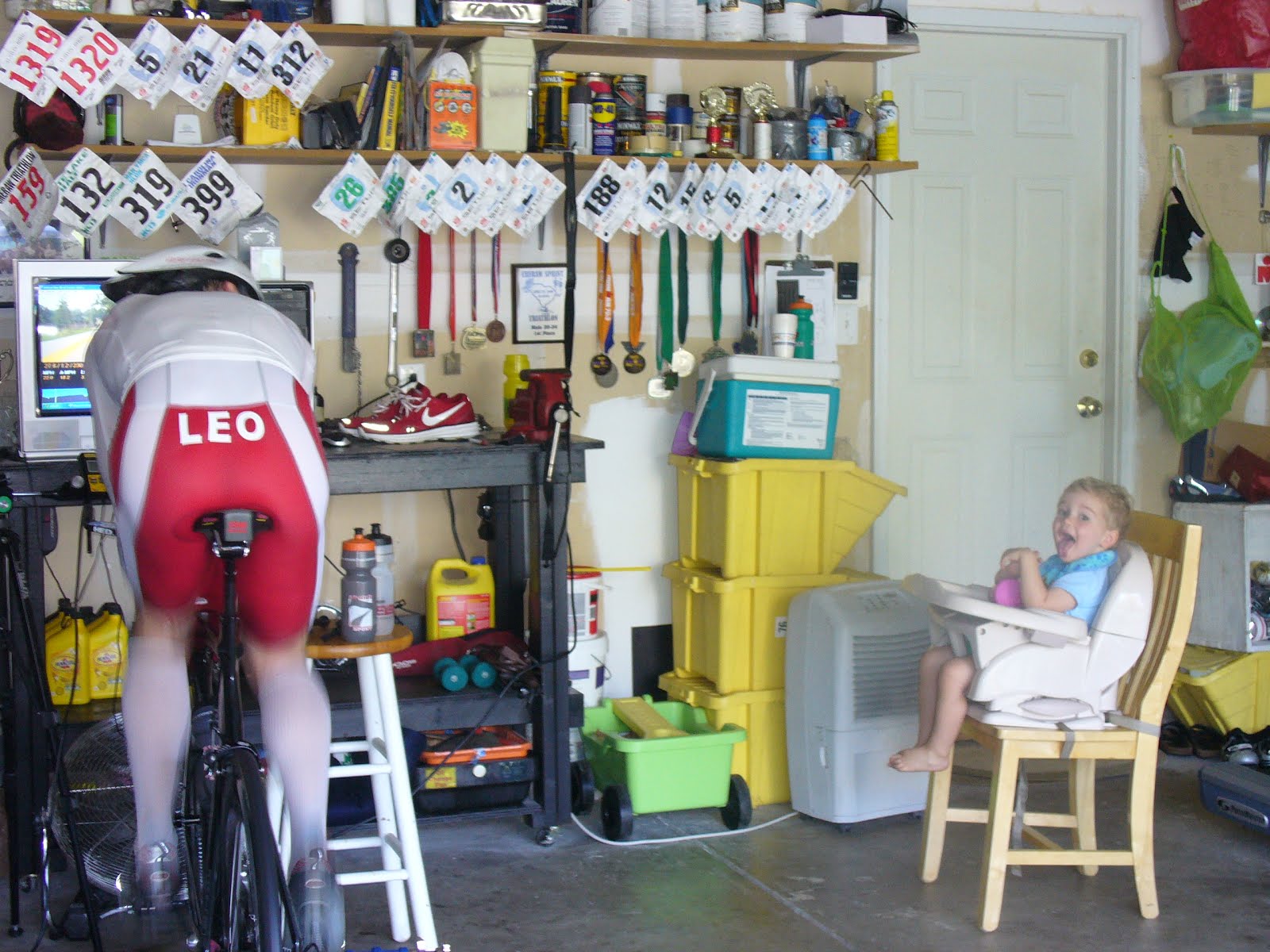Can you complete/compete at the 140.6 distance w/ only 10 hrs of training per week?
Friday, September 30, 2011
Post Ironman Warning
Wednesday, September 14, 2011
Finis Tempo Trainer


Friday, September 9, 2011
Augusta 70.3 - Coach L Training Session
Wednesday, September 7, 2011
What's Next?
I thought it only appropriate to address one very important topic that relates to ‘post Ironman’ folks. Actually, this relates to anyone who has accomplished a goal of any magnitude; 5K run/walk to Ironman.
I have had the privilege to observe first hand how coming off an IM can leave you feeling blah, off kilter, and in a haze. Some athletes can 'break tape' and then be left feeling as if they are 'lost in space'. I am here to say this is very normal, but I think one should be proactive to turn the table on this non-optimal predictment.
Before addressing how to counteract this common occurence lets focus on the 'why'. Meaning, why the body and mind can experience a downward spiral after covering 140.6 miles in water and on land.
(1) Chemicals
Endorphins, Serotonin, and Brain-Derived Neurotrophic Factor. This line up of chemicals can leave an athlete feeling like a rockstar when 'consumed'. I yearn for these suckers to be relased when training. Lets face it, most of us become dependant on these chemicals. No shame here - I am 'addicted' to these things. I have found that the more I train the better I feel - within limits of course. The less I train the more I feel like a slug or three-toed sloth. The memo is out and I have read it. The more active you are the more likely you feel fired up and ready to take on the day. The less active you are the more likely your body and mind will go south both mentally and physically.
(2) Ironman Build Up
When you go to an Ironman you KNOW you are at an Ironman. You are bombarded from all angles with M-Dot merchandise, super fit folks, and an energy level that can make the most level headed guy get a bit dizzy/unsettled. For the two or so days leading up to an IM ones mind begins to absorb the enormity of the day that is about to test you. Anxiety can build. Here is the catch though. Once you break tape, get in the car, and get onto Intersate X you leave it all behind you. That can leave some folks feeling the first bite of reality that the carrot that was dangling out in front of you for 12 months is now in your stomach. The goal has been consumed and the Ironman is now behind you. You have left the city that embraced the insanity and entered the world of 'routine' again. This reality can be hard for some to adjust to.
(3) Off Calendar
For months athletes have followed a very structured and customized training plan - I hope. During this time they have become very accustomed to the ritual of lacing up the Nikes, putting on the goggles, and riding the two wheels. Atheltes become very relient on their training calendar and rituals. I get it. When one works toward a key event for so many weeks and months they find comfort in the routine.
This is a perfect segue to the action step that I think all athletes need to follow. Upon completing your "A" race one must have another goal event to shoot for. This becomes all the more important when the big event falls at the end of the triathlon season. I do think it is appropriate to absorb and reflect on your accomplishment. I also think its important to have some active rest that allows the body to heal. The mistake many athletes make is disconnecting all together from the activities they once embrassed. I confess, that I have done this several times and have learned the hard lesson of doing so. You gain weight, lose fitness, and lose the edge you worked so hard to own. It stinks and its for the birds.
So, go out there crush your event. That event could be a local 5K or an Ironman. Enjoy each mile of it and relish in the victory of owning the event. However, to keep the mind and body in the game post breaking tape make sure to place another goal out there that will motivate you to get out of bed when its 20 degrees out and dark (or 95 degrees and sunny out). Make sure this next goal is of 'value' to you. In other words, if you just did an Ironman a local 5K may not be enough of a challenge. A 1/2 marathon 8 to 10 weeks down the road, however, would be an ideal fit.
Without having additional goals to work towards you are more likely to experience the 'lost in space' emotions I referred to on the front end of this post.
Think big, train smart, and enjoy your endorphins,
Coach L
(3)
